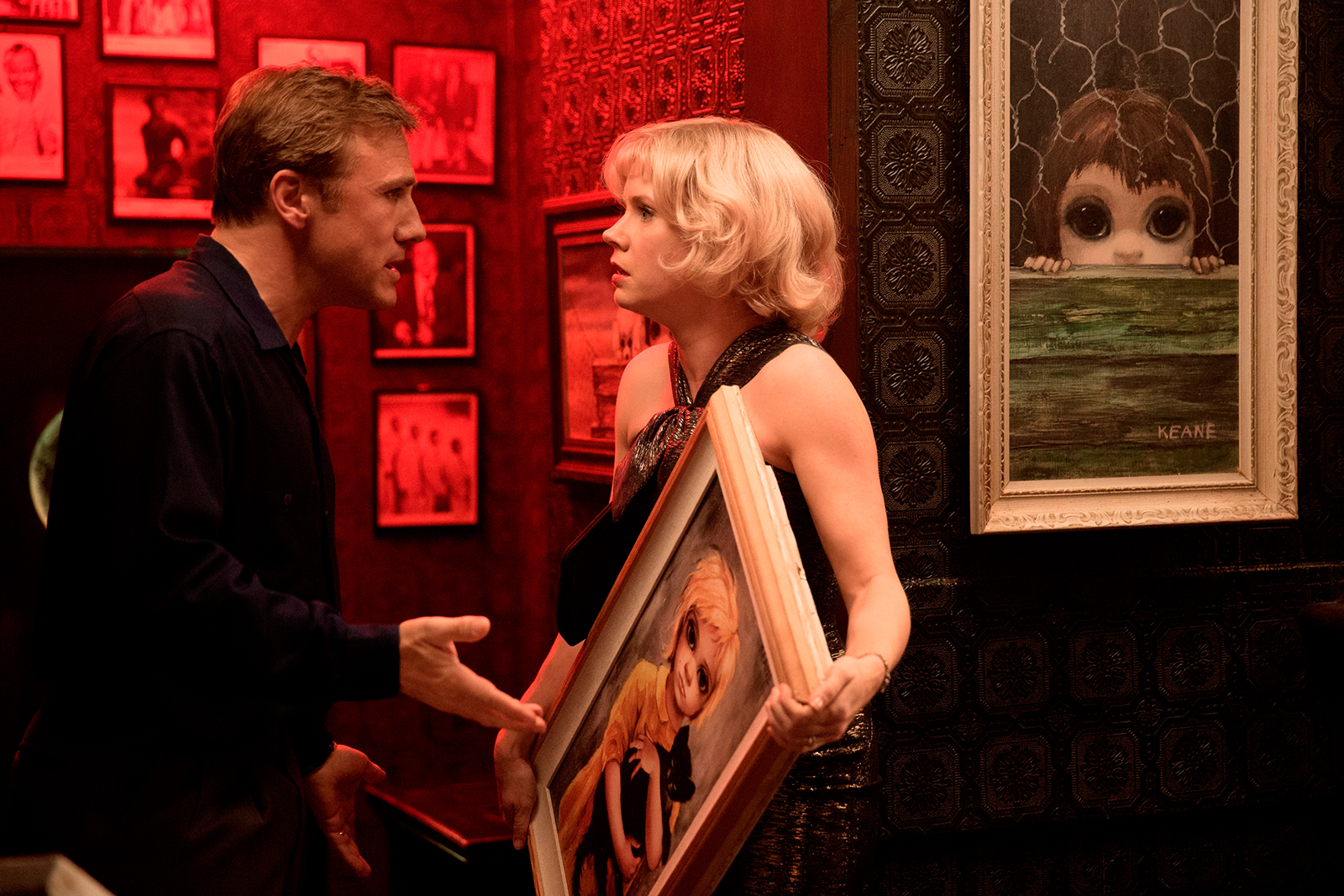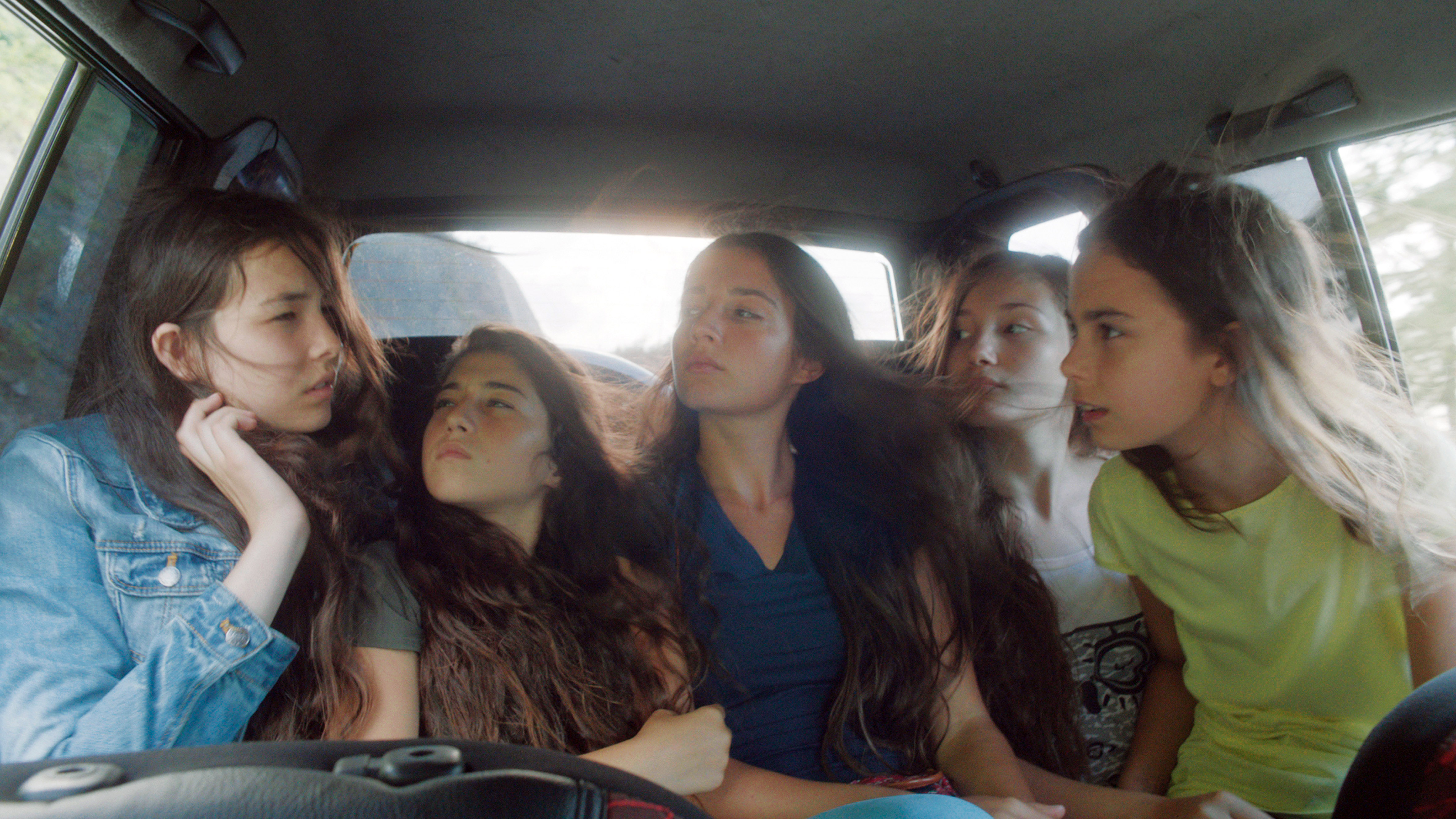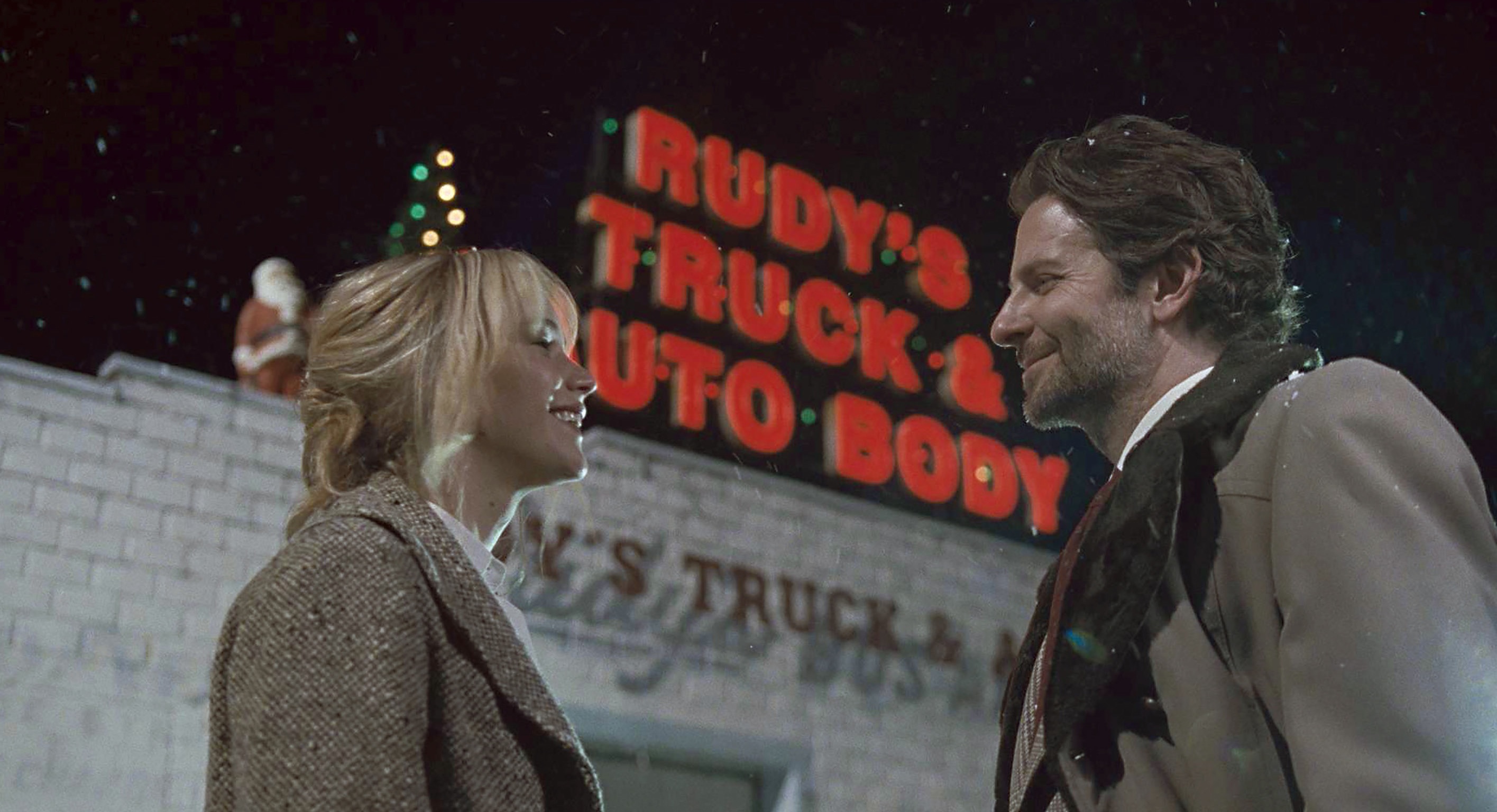Christmas is a time for kitsch, and holiday movies usually reward us with the same sort of mass-produced sentiment, the meaning long since drained from familiar tales and symbols. And I imagine Christmas must’ve been hell for Big Eyes director Tim Burton, growing up in snowless suburban California during the ’60s, surrounded by all that phony frost and Yuletide fakery. A young budding artist and gloomy outsider would’ve wondered, Why are all these ugly, false Christmas decorations and holiday movies so popular? What’s wrong with these people?
Therein lies the double appeal of the pancake-eyed-waif portraits of Walter and Margaret Keane during the ’60s. Burton has said in interviews that he remembered them during their peak-decade popularity, and they still hold a creepy fascination: bad art that is (or was) so popular that you’re forced to consider the grounds for their appeal. He even begins his biopic with a quote from Warhol: “I think what Walter Keane has done is just terrific. It has to be good. If it were bad, so many people wouldn’t like it.” A better film and a deeper thinker than Burton would’ve tried to plumb the paradox of the Keanes’ success—born from the beatnik Bay Area of the late ’50s, reversed at the 1964 World’s Fair, and finally collapsing during the Nixon end of the ’70s.
The nation turned more cynical during that span, or developed more sophistication, but Burton isn’t interested in diagnosing the American mood. Big Eyes is a simple comedy of female vindication, and it’s enjoyable as such. Any film with Amy Adams (as the naive painter Margaret), Christoph Waltz (as her credit-stealing husband Walter), and Terence Stamp (as the New York Times critic who calls them out) is a film I want to watch. Absent The Interview, Big Eyes is also the only comedy opening this week—a relief from the season’s dreary virtue and cheerful embrace of dreck. Even those baby boomers who once snickered at their parents’ Keane posters in the rec room will root for Margaret’s liberation, through it’s hard to imagine anyone buying her art today. (She’s 87, still painting, and happily making the publicity rounds with Burton and Adams. Her disgraced husband died over a decade ago.)
We witness the twofold response to kitsch—disgust and attraction—in Margaret’s initial flight from Burton’s hated suburbs. Daughter in tow, she’s running from not just a bad marriage, but the era’s whole pre-feminist marital template. As communicated by Adams’ ever-avid eyes, Margaret really wants the Eisenhower ideal of home, husband, and marriage; she’s not an ironist like Burton; and she’s easily duped by smooth-talking Walter, who purports to be an artist and swiftly marries her. (A Hawaiian honeymoon is color-boosted far past even postcard hues, one of several Burtonesque visual flourishes that depict Margaret’s romantic mindset: She only wants to see beauty, not the real world.)
Because of Waltz’s lupine charm, Walter’s decision to slap his name on Margaret’s art doesn’t seem so implausible. “People don’t buy lady art,” he says, and it’s true. During this sexist Mad Men era, even the trendy gallery across the street from Walter’s—a modern-art establishment run by a snooty Jason Schwartzman—eschews female artists. When Walter shows his true colors, something like a dissolute Don Draper, the menace to Margaret—now ensconced in a mid-century modernist suburban home—hardly feels real. Though the costumes and art direction nod to Vertigo and Marnie, the mood is more melodramatic lampoon: This is a movie where the divorced Keanes will finally have a paint-off in court to solve the riddle of who’s the real genius at the easel.
Burton’s been down this road before with Ed Wood, also written by Scott Alexander and Larry Karaszewski. (They found the Keane story thanks to a ’90s alt-weekly account by Port Townsend publisher Adam Parfrey, co-author of the new Citizen Keane: The Big Lies Behind the Big Eyes.) Did it matter if Wood was a terrible director? No, Burton clearly loved him for it, identified with him in some strange way. And like Warhol, Burton’s always had an ambivalence about commercialized, commodified art—both deploring it and acknowledging its hold on the public. Margaret Keane is a less colorful or zany figure than Ed Wood (with Walter at least supplying some compensatory zeal as the plot peters out). Still, she clearly tapped into an undefinable something in the national zeitgeist; we can laugh about it now, but never mock her.
bmiller@seattleweekly.com
BIG EYES Opens Thurs., Dec. 25 at Pacific Place and other theaters. Rated PG-13. 104 minutes.








